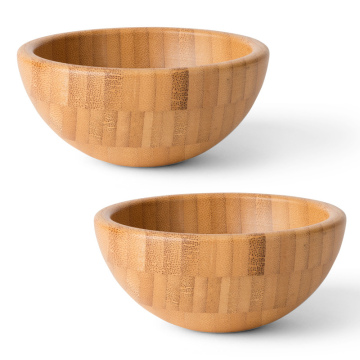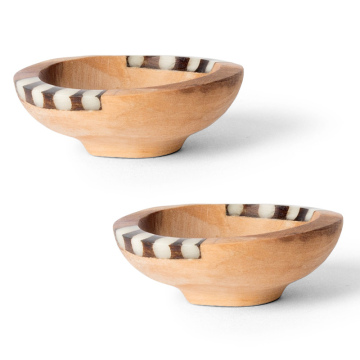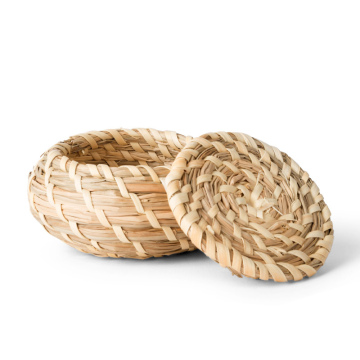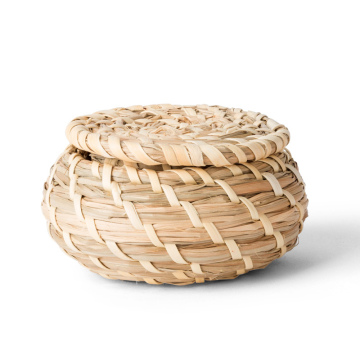The Art of Chicken Katsu: A Quick Introduction
What is Chicken Katsu?
Chicken katsu is a popular Japanese dish that consists of a breaded, deep-fried chicken cutlet. It holds a significant place in Japanese cuisine, widely appreciated for its delicious flavor and crunchy texture. The term "katsu" originates from the word "katsuretsu," which means cutlet in Japanese, and generally encompasses various types of meat that are breaded and fried. While pork katsu, or tonkatsu, is perhaps the most recognized version, chicken katsu has gained immense popularity, particularly for its versatility and approachability.
The traditional preparation of chicken katsu involves several key steps. First, boneless chicken breasts are typically pounded to an even thickness, ensuring uniform cooking. Then, the chicken is seasoned and dipped in a mixture of flour, beaten eggs, and finally panko breadcrumbs, which are coarser than regular breadcrumbs and create a distinctive crunch when fried. Following the breading process, the chicken cutlets are shallow-fried or deep-fried in hot oil until golden brown, resulting in a crispy exterior that contrasts beautifully with the tender, juicy meat inside.
The ingredients in chicken katsu are relatively simple, relying mainly on chicken, flour, eggs, and panko. However, the accompanying sauce, often tonkatsu sauce, adds depth to the dish. This sauce is tangy and sweet, consisting of ingredients such as Worcestershire sauce, soy sauce, and a blend of fruits and spices, which enhances the overall flavor of the meal.
Culturally, chicken katsu is a beloved dish in Japan, often served with shredded cabbage, a side of rice, and miso soup. It symbolizes comfort and home cooking, making it a staple in many households. This dish not only showcases the technique of frying but also embodies the Japanese ethos of balance and harmony within the culinary experience, making chicken katsu a delightful representation of Japanese gastronomy.
Essential Ingredients and Equipment
To successfully create the delectable dish known as chicken katsu, it is essential to gather the right ingredients and equipment. The foundation of any chicken katsu recipe is the chicken itself, typically boneless, skinless chicken breasts or thighs. The meat should be pounded to an even thickness using a meat mallet, which facilitates even cooking and helps to tenderize the protein.
Next, one cannot overlook the importance of panko breadcrumbs. These coarser Japanese breadcrumbs provide the signature crispy texture that makes chicken katsu distinctly appealing. While traditional breadcrumbs can be used in a pinch, panko offers a light, airy crunch that elevates the dish.
In addition to chicken and breadcrumbs, a key component of chicken katsu is the coating ingredients. This typically includes all-purpose flour and eggs. The chicken is first dredged in flour to help the egg adhere, followed by a dip in beaten eggs before being coated with panko. This three-step breading process is vital for achieving the perfect crunch.
Another essential aspect of chicken katsu is the sauce that accompanies it, commonly known as tonkatsu sauce. This rich, tangy sauce is made with a mixture of ingredients such as Worcestershire sauce, soy sauce, ketchup, and sugar, bringing a delicious umami flavor that complements the fried chicken beautifully.
When it comes to equipment, a heavy frying pan or a deep fryer will be needed for the cooking process. A thermometer can be particularly beneficial for monitoring the oil temperature and ensuring that the chicken is cooked to perfection, with internal safety temperature guidelines being adhered to. With these essential ingredients and equipment at your disposal, you are well on your way to preparing a delicious chicken katsu meal at home.
Step-by-Step Cooking Instructions
To create a delightful chicken katsu, begin by gathering your ingredients: boneless chicken breasts, soy sauce, mirin, panko breadcrumbs, all-purpose flour, and eggs. Start by marinating the chicken. In a bowl, mix together two tablespoons of soy sauce and one tablespoon of mirin. Coat the chicken breasts with this marinade and let them sit for at least 30 minutes. This step is crucial as it infuses the chicken with flavor and helps tenderize the meat.
Once marinated, prepare your breading station. In one shallow dish, place approximately one cup of all-purpose flour. In a second dish, beat two eggs, adding a pinch of salt for seasoning. In a third dish, spread out one to two cups of panko breadcrumbs. The panko is essential as it provides that perfect crunchy texture characteristic of chicken katsu.
Next, take one chicken breast and dredge it in the flour, ensuring it is completely coated. Shake off any excess flour, then dip it into the beaten eggs. Allow any excess egg to drip off before placing the chicken in the panko breadcrumbs. Press down gently to ensure an even coating, then set aside on a plate. Repeat this process for all chicken breasts.
Now, heat about half an inch of oil in a frying pan over medium-high heat. To test if the oil is ready, drop a few breadcrumbs into the oil; if they sizzle and turn golden brown, it’s time to fry the chicken. Carefully place the breaded chicken breasts in the hot oil, frying for about three to four minutes on each side or until they are golden brown and cooked through. Adjust the heat if necessary to avoid burning.
After frying, transfer the chicken katsu to a plate lined with paper towels to drain excess oil. Allow it to rest for a couple of minutes before slicing. Serve your chicken katsu with a side of tangy tonkatsu sauce and freshly shredded cabbage for a complete meal. This combination not only enhances the dish's overall flavor but also contributes to an appetizing presentation, inviting all to enjoy this culinary delight.
Serving Suggestions and Pairings
Chicken katsu, a delectable breaded and deep-fried chicken cutlet, is not only a culinary delight on its own but also a versatile dish that pairs seamlessly with various accompaniments. Traditionally, chicken katsu is served with tonkatsu sauce, a rich, savory condiment that enhances the crispy texture and flavor of the chicken. This sauce, made from a blend of Worcestershire sauce and other ingredients, is drizzled generously over the chicken or served alongside for dipping, creating a harmonious balance.
Often accompanying chicken katsu is a bed of steamed white rice. The plain flavor of the rice serves as an ideal base, allowing the rich taste of the katsu to shine. Additionally, a side of shredded cabbage is recommended, as its crunchiness and slight bitterness provide a refreshing contrast to the savory chicken. This combination is not just traditional; it is a well-rounded meal that is satisfying and enjoyable.
For those looking to elevate their chicken katsu experience, there are numerous creative pairings to consider. A light salad, perhaps with sesame dressing, can provide brightness and a mixture of textures. Miso soup is another fantastic accompaniment, offering warmth and umami that complements the fried chicken beautifully. Furthermore, consider adding edamame or pickled vegetables as side dishes to add extra flavor and health benefits to the meal.
Even modern twists can be explored — such as serving chicken katsu in a sandwich form, paired with a tangy slaw or even in a rice bowl topped with a fried egg. With these suggestions, home cooks can create a delightful meal centered around chicken katsu, combining traditional and innovative options to suit various tastes.











